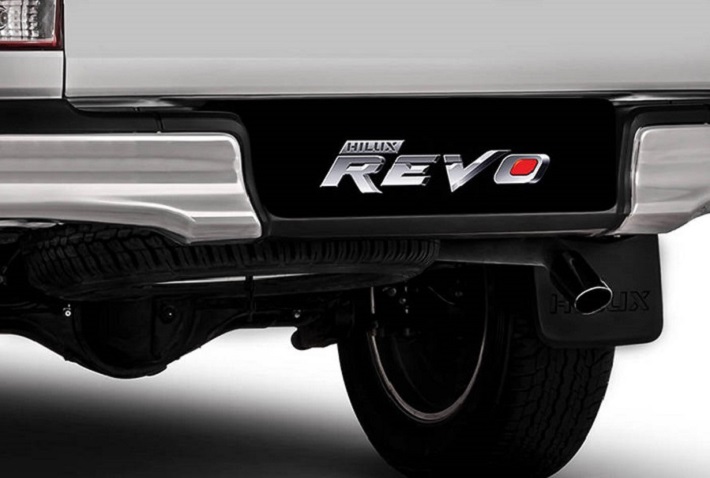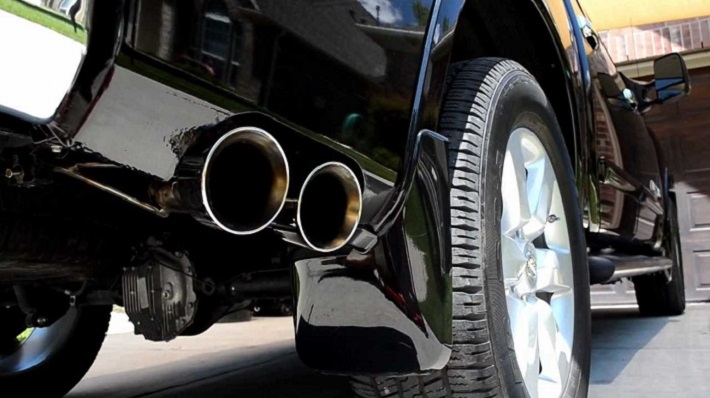When it comes to rugged, reliable vehicles built for both city driving and off-road adventures, the Toyota Hilux has earned a stellar reputation. However, like any vehicle, there’s always room for improvement—especially when it comes to performance. One of the most popular upgrades Hilux owners consider is a new exhaust system. Whether you’re looking to boost power, improve fuel efficiency, or simply add a more aggressive sound to your ride, upgrading your Hilux exhaust can be a game-changer.
Let’s break down everything you need to know about Hilux exhausts, from the benefits of upgrading to what to consider when choosing the right system for your needs.
Why Upgrade Your Hilux Exhaust?

The stock exhaust on your Hilux is designed to do its job—direct exhaust gases away from the engine and reduce emissions—without drawing too much attention. But stock systems often prioritize cost-efficiency and emissions over performance, which can limit your vehicle’s potential. If you’re after better performance, an upgraded exhaust system is one of the best ways to get there. Here’s why:
1. Increased Power and Torque
Upgrading your exhaust can significantly improve your Hilux’s horsepower and torque. Stock systems tend to be more restrictive, limiting the flow of exhaust gases. By opting for a performance exhaust, you’ll improve the engine’s ability to breathe, reducing back pressure and allowing it to produce more power. This is especially useful if you’re using your Hilux for towing, off-roading, or other heavy-duty tasks where that extra power can make a big difference.
2. Improved Fuel Efficiency
Better airflow doesn’t just enhance power—it can also help your engine run more efficiently. With an upgraded exhaust system, your engine can push out exhaust gases more easily, meaning it doesn’t have to work as hard. This can result in improved fuel economy, saving you money at the pump over time. While the fuel savings might not be huge, they can add up, especially for those who use their Hilux regularly for long trips or heavy loads.
3. Enhanced Sound
One of the most noticeable changes after an exhaust upgrade is the sound. Whether you want a deeper, throatier growl or just a bit more rumble, an aftermarket exhaust allows you to customize the tone of your vehicle. For many Hilux owners, this is one of the most appealing aspects of an exhaust upgrade. You’ll have control over how your vehicle sounds, whether you prefer something subtle or an exhaust note that commands attention.
4. Better Durability
Most aftermarket exhaust systems are made from materials like stainless steel or aluminized steel, which are far more durable than the mild steel used in many stock exhausts. These materials are resistant to rust and corrosion, making them ideal for Australian conditions, whether you’re driving on coastal roads or heading off-road into the bush. Investing in a quality exhaust system can ensure it lasts much longer than the factory version.
Types of Hilux Exhausts: What Are Your Options?
When you start shopping for a Hilux exhaust, you’ll quickly notice that there are various types and configurations available. Understanding the differences between these can help you make the right choice for your vehicle and driving needs.
1. Cat-Back Exhaust Systems
A cat-back system replaces everything from the catalytic converter back, including the muffler and tailpipe. This is one of the most popular types of upgrades because it improves both performance and sound without requiring major modifications. If you’re looking for a moderate boost in power and a noticeable sound change, a cat-back exhaust is a great option.
2. Turbo-Back Exhaust Systems
For Hilux models with a turbo engine, a turbo-back exhaust replaces the system from the turbocharger all the way to the back of the vehicle. This type of system provides significant improvements in power and torque by reducing back pressure and improving the turbo’s efficiency. If you’re serious about performance, a turbo-back exhaust offers the most dramatic upgrade but may require additional tuning or modifications.
3. DPF-Back Exhaust Systems
If your Hilux is fitted with a Diesel Particulate Filter (DPF), you’ll want to consider a DPF-back exhaust. This system leaves the DPF in place (since it’s required by law to reduce emissions) but replaces the pipes and mufflers downstream. You’ll get the performance benefits of reduced back pressure while keeping your emissions in check.
4. Header-Back Exhaust Systems
A header-back system replaces everything from the exhaust headers to the tailpipe. This is the most comprehensive upgrade, but it’s also the most expensive and labor-intensive. It offers the maximum increase in performance but may not be necessary for everyday driving.
What to Consider When Buying a Hilux Exhaust

Upgrading your Hilux exhaust isn’t just about picking the first system you see. Here are a few important factors to consider:
1. Material
The material your exhaust is made from plays a big role in its durability and performance. As mentioned earlier, stainless steel is one of the best materials available, offering excellent resistance to rust and corrosion. Aluminized steel is another option that’s a bit cheaper but still offers decent protection against the elements. Avoid exhaust systems made from mild steel unless you’re looking for a short-term solution, as they’re more prone to rust.
2. Pipe Diameter
The diameter of your exhaust pipes also impacts performance. A wider pipe allows for better exhaust flow, which can improve power and torque. However, going too wide can reduce low-end torque, making your Hilux feel sluggish at lower speeds. It’s important to find the right balance for your driving style—larger pipes are better for high-performance applications, while smaller pipes may be more suitable for everyday driving.
3. Legal Considerations
Before you upgrade your exhaust, make sure it complies with local laws and regulations. Australia has strict rules around vehicle emissions and noise levels, so ensure the system you choose is street-legal. Some performance exhausts may require modifications or additional components to meet these standards.
4. Price and Installation
Finally, consider the cost of both the exhaust system and installation. Some systems are straightforward to install, while others may require professional help or additional parts. Make sure to factor in these costs when setting your budget.
Final Thoughts
Whether you’re looking to boost the performance of your Hilux or just want a bit more rumble in your exhaust note, upgrading your exhaust system can be one of the most rewarding modifications you make. With benefits like increased power, better fuel efficiency, and enhanced durability, a high-quality exhaust system is an investment that can improve your driving experience in more ways than one. Just be sure to choose the right type of exhaust for your needs and do your homework before making a purchase.
Once you’ve got the perfect system installed, you’ll not only feel the difference—you’ll hear it too.



